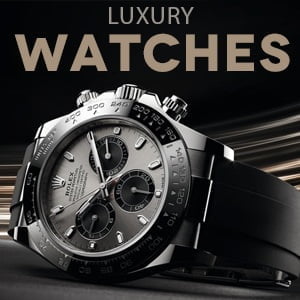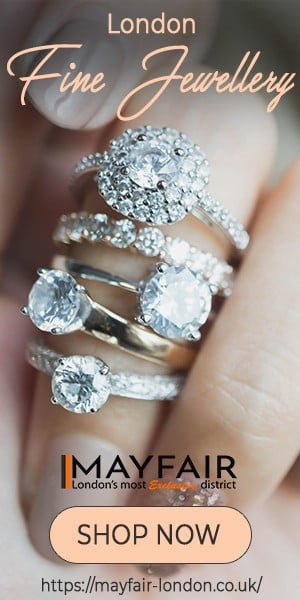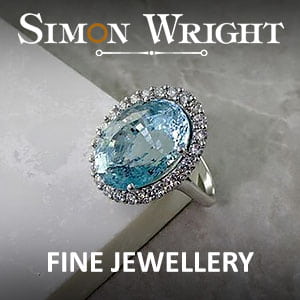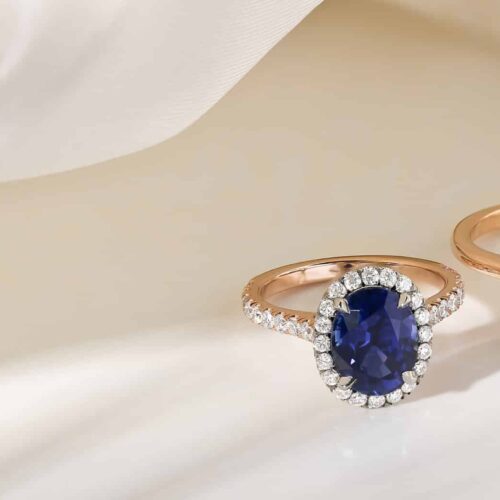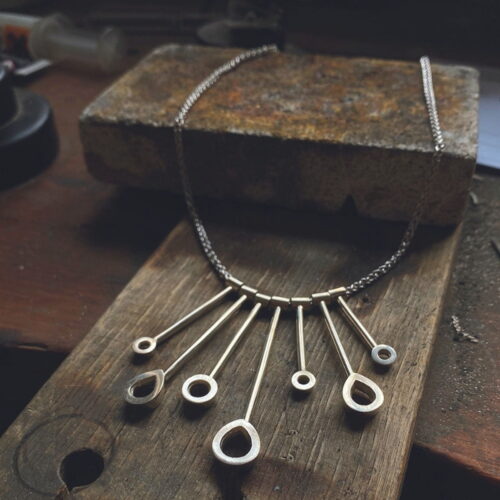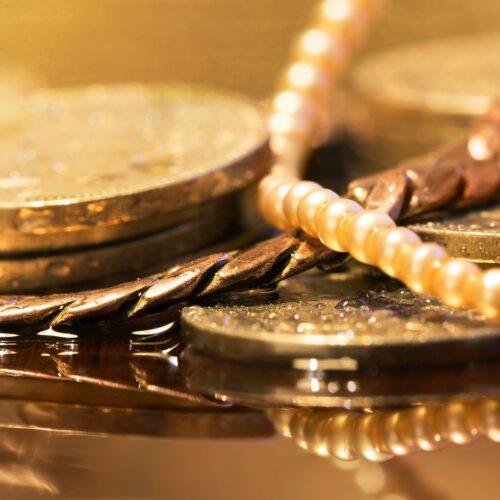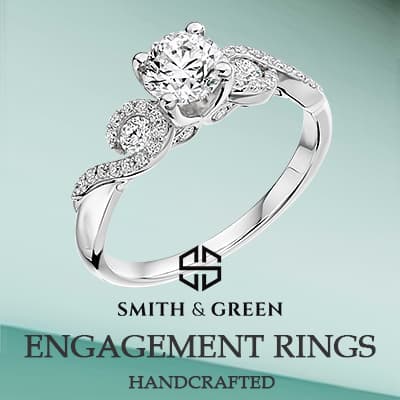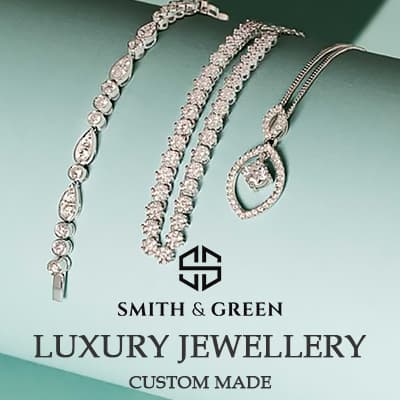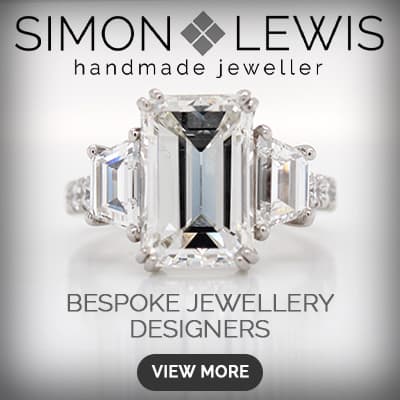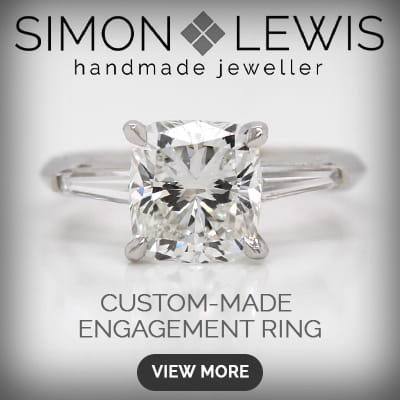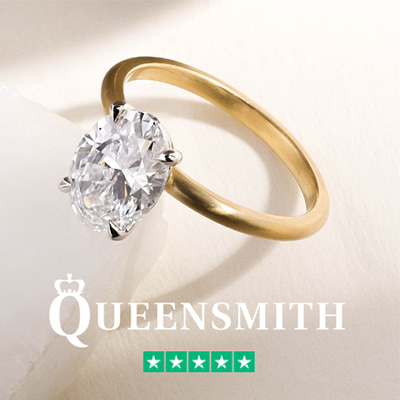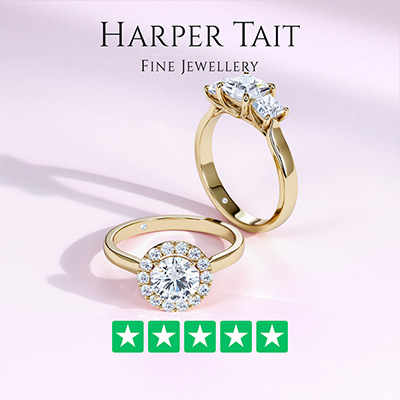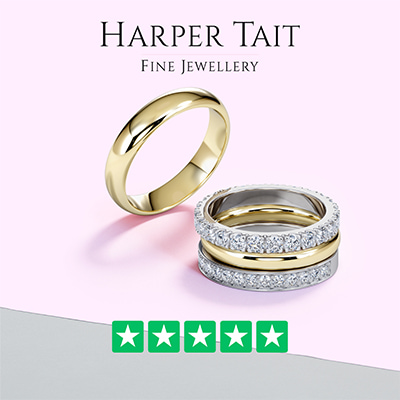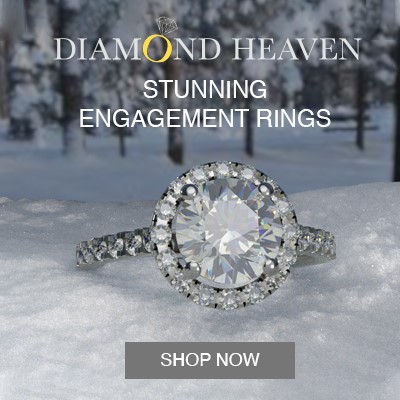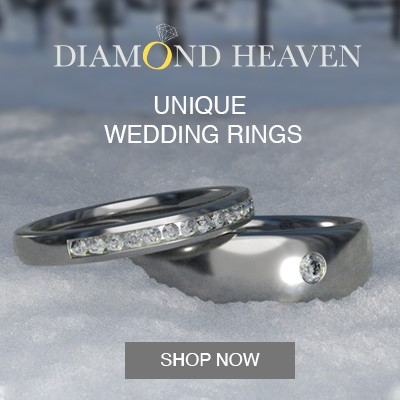Come join me on an unforgettable foray into the glistening world of antique jewellery. As a passionate blogger and a dedicated collector, I’m about to reveal the intricacies of these beautiful timekeepers. From the enigmatic allure of Celtic artefacts to the fluid grace of Art Nouveau creations, our journey will wind through the corridors of time, offering a rich blend of history, aesthetics, and yes—a touch of my quintessential British wit!
Antique jewellery is more than just an accessory—it’s a piece of history, a token of timeless fashion, and a treasury of stories. As we delve into each period, you’ll learn to appreciate not only the distinct style but also the craftsmanship and sentiment wrapped within each piece.
But don’t worry, this isn’t a one-sided love affair. By the end of our virtual voyage, you won’t just be daydreaming about these treasures—you’ll know exactly where to find them! For fellow enthusiasts in the heart of London, I’ve got some precious tips up my sleeve, sharing my top spots for antique jewellery hunting.
So, buckle up, as we time travel through the captivating world of antique jewellery, cherishing the craftsmanship of bygone eras, uncovering the romance of past times, and celebrating the charm that makes these pieces irresistible even today. Let’s unlock the stories these relics of time hold and find out why they continue to bedazzle us, century after century.
Victorian Jewellery: A Legacy of Love and Grandeur
In the fascinating world of antique jewellery, the Victorian era (1837-1901) stands as a tribute to love, sentiment, and unabashed grandeur. Victorian jewellery, much like its namesake queen, was characterized by a richness of design and a certain romantic symbolism. One curious trend of the period was hair jewellery, which allowed the Victorians to keep a part of their loved ones close—a rather intimate memento in the era predating selfies, wouldn’t you say?
Trivia time! The Victorian era coincided with the discovery of significant diamond mines in South Africa (1860s), leading to an increased use of this precious stone in jewellery—a clear case of the Diamond Rush, indeed!
Edwardian and Art Nouveau Jewellery: A Dance of Delicacy and Artistry
The Edwardian era (1901-1910), marking the beginning of the 20th century, brought a refined elegance to jewellery design. This period saw a departure from the heavily ornate Victorian aesthetic towards a lighter, more delicate style, often incorporating platinum and pearls.
Simultaneously, the Art Nouveau movement (1890-1910) celebrated nature, fantasy, and the female form. Unlike the rigid symmetry of previous eras, Art Nouveau jewellery featured flowing lines, whimsical motifs, and a colourful palette— a real feast for the eyes!
A fun fact? The name Art Nouveau, French for “new art,” was derived from a Parisian shop, ‘La Maison de l’Art Nouveau,‘ which showcased works in this distinctive style. The name stuck, and a movement was born.
Celtic, Georgian, and Regency Jewellery: Diverse Designs Across Centuries
Our journey now takes us back, way back, to Celtic times. Celtic jewellery, known for its intricate knotwork designs and symbolic motifs, carries a mystique that continues to captivate us to this day.
As we move forward, we reach the Georgian era (1714-1837), a period that witnessed a profound influence of neoclassical motifs, mirroring the architecture and art of the time. The Regency period (1811-1820), nestled within the Georgian era, is notable for its extravagant use of coloured gemstones and opulent design.
Now that we have journeyed through history, it’s time to bring these exquisite pieces home. For those in London, here are my top 5 recommended places in Hatton Garden to buy antique jewellery: “Antique Jewellery Boutique”, “Hatton Garden Heirlooms”, “The Georgian Emporium”, “The Victorian Vault”, and “Deco Dreams”.
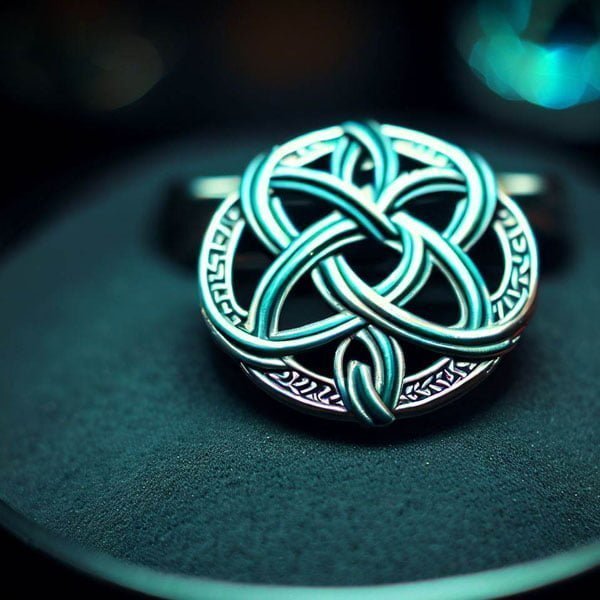
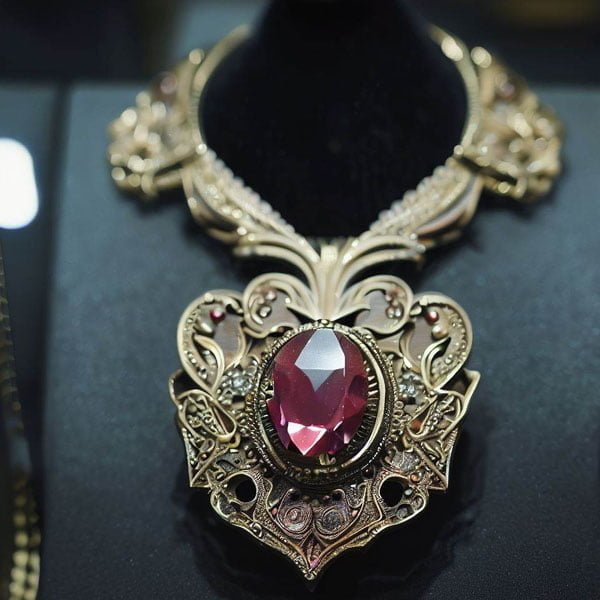
Art Deco Jewellery: Geometry and Glamour
The tumultuous world events of the early 20th century gave birth to a bold new aesthetic: Art Deco (1920-1939). The opulence of the Victorian and Edwardian eras gave way to a cleaner, sleeker style. Art Deco jewellery embraced geometry and symmetry, showcasing a stark contrast of bold lines and curves.
Brightly coloured, contrasting gemstones like rubies, emeralds, sapphires, and diamonds were popular, often set in platinum or white gold. These designs were as exuberant and optimistic as the Jazz Age itself.
Did you know? Art Deco was named after the 1925 Exposition Internationale des Arts Décoratifs et Industriels Modernes held in Paris. It was here that this cutting-edge style truly made its mark.
Regency and Georgian Jewellery: The Epitome of Elegance
In contrast, the Regency era (1811-1820) and the Georgian era (1714-1837) carried a distinct air of sophistication and elegance. Regency jewellery, much like the fashion of the time, was flamboyant and colourful, often featuring large clusters of gemstones.
On the other hand, Georgian jewellery mirrored the socio-political shifts of its time. Designs reflected the neoclassical aesthetic, paying homage to the classical antiquity, incorporating motifs like urns, Greek keys, and laurel wreaths.
Celtic Jewellery: Echoes of the Ancient
Finally, let’s trace our steps back even further, to a time steeped in mystery and folklore. Celtic jewellery, with its intricate knotwork and timeless motifs, holds a certain magnetism. To wear a piece of Celtic jewellery is to carry a piece of ancient heritage, as these designs often symbolise eternal life, nature, or spirituality.
Unearthing Treasures: Where to Buy Antique Jewellery
Now that we’ve journeyed through history, where can one find these exquisite pieces? As a seasoned dealer of antique jewellery based in London, here are my top five suggestions in Hatton Garden: “Antique Jewellery Boutique”, “Hatton Jewels“, “Farringdon’s“, “Berganza”, and “Andrew R Ullmann Antique Jewellers“.
Conclusion: The Everlasting Charm of Antique Jewellery
There is a unique charm to antique jewellery, a blend of historical significance, artistic expression, and personal story. To own and wear a piece of antique jewellery is to carry forward a piece of history, a nod to bygone eras, an echo of past love stories, and a whisper of human creativity.


